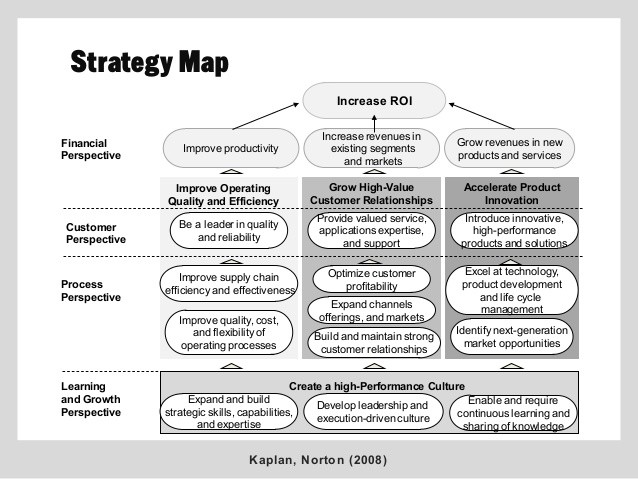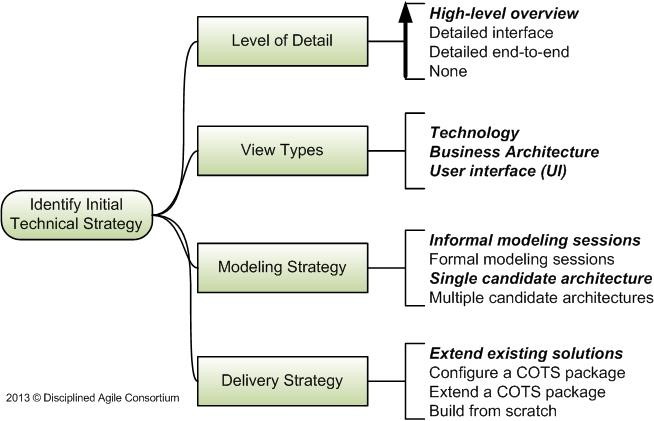The Key To High Returns Is A Disciplined Strategy_1
Post on: 15 Август, 2015 No Comment

Having a disciplined investment strategy differentiates the professional from the do-it-yourself investor. An investment strategy does not have to be complicated. If you were to sum up Warren Buffett’s investing strategy it might be to buy good businesses at a fair price with the intention of holding them forever. An investment strategy helps provide focus and ensures emotions are held in check when making decisions. Having an investment strategy for both asset mix and security will provide discipline to be a successful investor over the long term. In this article, we will look at different investment strategies and how you can pick the right one for you.
See also: 4 Steps To Creating A Better Investment Strategy
Strategic Asset Mix
Central to any investment plan is the strategic or long-term asset mix. In general, its purpose is to capture the benefits of diversification and the advantages of investing in assets that have a low correlation to each other. The strategic asset mix is essentially the link between your long-term investment goals and the capital markets.
Many investors want to keep the current asset mix of their portfolios close to their strategic asset mix. A simple rebalancing strategy is all that is required. Typically, as each asset class will perform differently over time, the asset mix will deviate from the strategic asset mix. (For related reading, see Diversification: It’s All About (Asset) Class .)
For example, a balanced portfolio of 60% equity and 40% fixed income could become 70% equity and 30% fixed income after a strong stock market. Rebalancing would require selling equities and using the proceeds to buy fixed-income assets, so the asset mix then will get back to the long-term asset mix. The rebalancing could be done on a regular basis, semiannually, annually or when an asset class deviates by a set percentage.
A rebalancing strategy is effectively a sell high, buy low strategy, because it will always sell the assets that have been the best relative performers and buy the assets with relatively weak performance. (For more insight, read 6 Asset Allocation Strategies That Work .)
Tactical Asset Allocation
A tactical asset mix strategy attempts to add value by overweighting the asset classes that are expected to outperform, and underweighting those asset classes that are expected to underperform.
As an example, if an investor believes that over the next year the U.S. equities market will be weak, the investor might decide to underweight his exposure to equities and overweight cash or bonds. Unlike a rebalancing strategy, which is mechanical, tactical asset allocation requires some forecasting ability to make the correct decisions. (To learn more about asset allocation, read Achieving Optimal Asset Allocation .)
Security Selection Strategies
There is no shortage of strategies to choose from when buying and selling stocks. Countless books have been written describing many strategies in detail. Strategies range from growth. to value and momentum. There are fundamentally based strategies, as well as technical or quantitative strategies. There are also top-down and bottom-up strategies. (For related reading, see A Top-Down Approach To Investing .)
Each type of strategy will have its proponents, but any logical, rational strategy that is followed consistently is always better than no strategy at all. The value is in the disciplined approach a strategy provides.
Developing Your Strategy
The value of an investing strategy is not in the strategy itself, but in how it is followed and implemented.
In investing, there are two different approaches: a top-down or a bottom-up approach. In a top-down approach, the investor analyzes the major factors that will influence the capital market and the companies in it. The main factors will be the overall economy, monetary and fiscal policy. demographic changes, inflation. industrial sector trends and interest rates. Other investors will take a bottom-up approach, analyzing individual companies, their financial statements, growth prospects and industry trends.

One approach is not necessarily better than the other. However, depending on your own interests, knowledge and experience, one approach might be more appropriate for you. As an example, an economist will likely take a top-down approach to investing and an accountant might feel more comfortable with a bottom-up approach. Your orientation to analyzing investments will determine the types of investment strategies to follow. (For more insight, see Where Top Down Meets Bottoms Up .)
In addition, the amount of time you are able to commit to your investment program determines the type of strategies to use and how much of the investment decision-making you will delegate. For example, with limited time, an investor might build a portfolio using a few exchanged-traded funds (ETFs) and then rebalance once a year. Similarly, the investor might have all of their investments in a couple of balanced funds or have their funds managed by a discretionary money manager.
Information and knowledge are important to the success of any investment strategy. One should identify the sources of data, investment commentary or investment research. The biggest challenge as an investor is to be able to filter out truly useful information from the needless noise. A disciplined investment strategy forces you to focus on the information that is important for your decision-making process.
Delegating Decision Making
Recognize the fact that it is difficult to do it all when it comes to investing. If you have a well-diversified portfolio and you invest in the major assets classes — and maybe some of the sub-asset classes as well — you are not likely to be able to actively manage all your investments effectively, unless you have a lot of time to allocate. The question then becomes, what to do yourself and what to delegate to others. It is important to stick to your strengths and interests and delegate out the asset classes in which you have a limited expertise.
As an example, an investor might feel confident trading large cap value stocks. As such, this person should concentrate their efforts on that asset class and delegate the investment management of other asset classes to someone else. Investors have several choices here, including active or passive management of the funds or assets they are looking to delegate. From the passive management side, you can find an advisor to handle the areas that you have little time to manage or research; you could also purchase a mutual fund or an ETF that provides exposure to these areas.
The Bottom Line
Having an investment strategy for both asset mix and security selection is important to ensure consistent success as an investor. Having the discipline to follow an investment strategy is more important than the actual strategy chosen. Equally important to any strategy, is determining what to manage yourself and what to delegate to others. For more insight on developing a strategy, read Investing With A Purpose .














